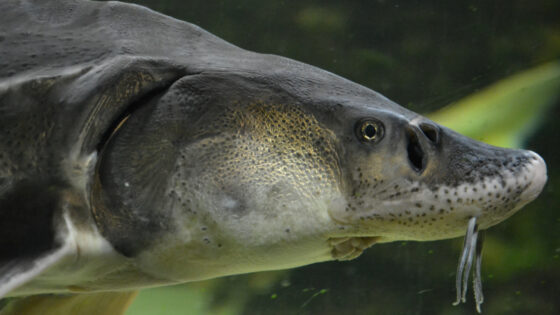Leonard, R.L., L.A. Kaplan, J.F. Elder, R.N. Coates, and C.R. Goldman. 1979. Ecological Monographs 49:281–310.
Abstract
The watershed of Ward Creek, a tributary to oligotrophic Lake Tahoe in the Sierra Nevada, has been investigated since 1971 with the objective of improving our knowledge of processes of nutrient and sediment release and transport to the lake. Quantitative data on selected stream water parameters were collected for 3 yr (1972–1975) at three stations on Ward Creek, two on the main upper tributaries and one near the stream mouth. Comparative data were collected at a stream mouth station on adjacent Blackwood Creek in the 3rd yr. The parameters were selected on the basis of their significance to eutrophication of Lake Tahoe. Precipitation in a normal year is over 90% snow but annual patterns vary widely and rainfall at any time of year can be highly important in sediment and nutrient transport. Water discharge and the flux of suspended sediments, NO3-N, phosphorus, iron and trace metals were dominated by the spring snowmelt runoff from mid-April to mid-June. However, in 1974 heavy fall and summer rains accounted for a large percentage of the annual flux of sediments and nutrients in a total of only 14 d. The spring runoff was characterized by distinct diel water discharge patterns. Similar but not coincident patterns were found to exist for sediments and nutrients, including NO3-N, but not for soluble phosphorus. The Ward watershed has 87% the area of Blackwood but discharge proportionately much lower quantities of sediment and nutrients in comparable water yields per hectare in water year 1975. This contrast in fluxes was probably accounted for in the history of greater disturbance by man in Blackwood Canyon. The principal source of suspended sediments in Ward Creek was streambank erosion in the lower reaches of the channel. The dominant form of inorganic nitrogen in Ward was NO3-N derived from precipitation, symbiotic nitrogen fixation and nitrification of organic nitrogen in forest soil. Phosphorus and iron were almost entirely in particulate form and thus their periods of flux occurred during high flows and sediment transport. Sediment and nutrient loading of Lake Tahoe from the Ward and Blackwood watersheds reflects a history of soil disturbance and vegetation removal. Logging, fire and stream channel diversion have been the dominant perturbations. Conservative extrapolation of annual loading data from this study to the entire basin indicates that algal nutrient levels in the lake probably have increased sufficiently in the century of man’s intensive disturbance of the basin watersheds to account for increased phytoplankton and periphyton production that have been measured and observed since 1958.



